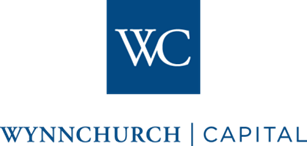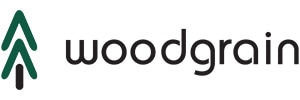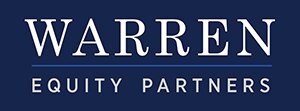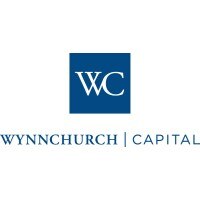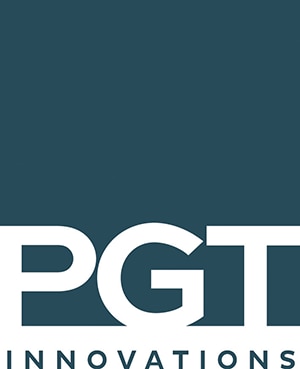On March 28, 2024, KeyBanc Capital Markets (KBCM) successfully advised MITER Brands™ (MITER) on its acquisition of PGT Innovations, Inc. (NYSE: PGTI) (PGTI) for $3.1 billion, representing a premium of 60% over PGTI’s unaffected closing share price on October 9, 2023, the last trading day prior to the public disclosure of a proposal for the acquisition of PGTI. The transaction has been financed in part by an equity investment from Koch Equity Development LLC, the principal investment and acquisition arm of Koch Industries, Inc., and a current investor in MITER.
KBCM was chosen to serve as MITER’s Lead Buy-Side Advisor based on its preeminent industrial building products practice, long-standing relationship with MITER Brands and proven M&A execution capabilities. “Throughout our 20-year partnership, KeyBanc has played an important role in supporting MITER Brands along our journey of continued growth. In addition to being our trusted advisor for several transformative acquisitions, KeyBanc’s financing support has been instrumental in allowing us to opportunistically pursue many growth initiatives which have benefited the MITER Brands team, our customers, our suppliers and the communities where we operate,” said Matt DeSoto, president and CEO of MITER Brands.
Founded in 1947, MITER Brands is a residential window and door manufacturer that produces a portfolio of window and door brands for the new construction and replacement segments with an owner-operated, family-first approach. MITER Brands is the combination of two fast-growing regional product brands: MI Windows and Doors and Milgard Windows and Doors, and is a nationwide supplier of precision-built and energy-efficient products, with more than 10 manufacturing facilities throughout the United States. MITER Brands instills confidence and drives quality customer experiences through optimized manufacturing, valued relationships, and dedicated team members coast to coast.
PGT Innovations manufactures and supplies premium windows, doors, and garage doors. Its highly engineered and technically advanced products can withstand some of the toughest weather conditions and are revolutionizing the way people live by unifying indoor and outdoor living spaces. PGT Innovations creates value through deep customer relationships, understanding the unstated needs of the markets it serves, and a drive to develop category-defining products. The PGT Innovations family of brands include CGI®, PGT® Custom Windows and Doors, WinDoor®, Western Window Systems, Anlin Windows & Doors, Eze-Breeze®, Eco Window Systems, NewSouth Window Solutions, and Martin Door. The company’s brands, in their respective markets, are a preferred choice of architects, builders, and homeowners throughout North America and the Caribbean. Their high-quality products are available in custom and standard sizes with massive dimensions that allow for unlimited design possibilities in residential, multifamily, and commercial projects.





